For book lovers or those who enjoy spending time with good books, it is very important to have a reading space that you can enjoy at home at all times. It doesn’t have to be big and luxurious, the reading corner should be designed comfortably and really suit your personality. Wabi Sabi design might be one of the things you need when talking about a comfortable reading corner. This design combines simplicity with Japanese aesthetics that celebrate the opposite of perfection. Somehow Wabi Sabi finds beauty in flaws, clutter and simplicity, which makes this reading corner look like it blends with nature.
By embracing the flaws and uniqueness of various decoration elements, you get a beautiful and different look for your reading corner. You create a charming aesthetic by celebrating cracks, aging, and irregularities instead of seeing them as flaws. Like the Japandi aesthetic, this style emphasizes simplicity and minimalism for a clutter-free and calm space. I really fell in love with the Wabi Sabi reading nook. The interior is really blending with nature, for example wooden furniture, unpolished walls, concrete floors to handmade accessories as part of the decoration.
I hope you can enjoy this reading corner as much as I do, and want to celebrate its uniqueness and flaws with me. Let’s dive in and see how to create a simple Wabi Sabi reading nook!
Wabi Sabi Reading Nook Design
As we already know, Wabi Sabi design seeks to emphasize the beauty of imperfection and impermanence. The design philosophy itself is at the heart of traditional Japanese culture and is characterized by a love of natural materials, textures, and colors. Combining various elements into the interior can create a unique and stylish reading corner that promotes well-being and relaxation. One of the important elements in Wabi Sabi design is natural materials. This can include things like highlighting the beauty of wood, implementing stone or brick in the building, and adding greenery to the room. The use of natural materials is what creates a sense of harmony and balance, which is at the heart of the Wabi Sabi philosophy.
Another key element of Wabi Sabi style is its emphasis on imperfection and asymmetry. Unlike modern design, which often strives for a perfect, symmetrical look, wabi sabi encourages imperfection and irregularity. For example, using furniture that is not the same size, irregularly shaped windows, using different colors, and more. By embracing imperfection, Wabi Sabi design creates a more organic and natural feel.
In addition to natural materials and imperfections, Wabi Sabi design also emphasizes the use of simple shapes and colors. This can include things like rounded shapes, soft edges, and muted colors. This gives Wabi Sabi design a balanced and harmonious feel that promotes relaxation and well-being. Another key aspect of this design that should not be overlooked is the use of Zen-inspired elements. This can be seen in circular windows, sliding doors, and asymmetrical furniture.
Incorporating Wabi Sabi elements into your reading space can create a unique and stylish nook that enhances comfort. By embracing imperfections, natural materials, and combining simple shapes and colors, you can create a harmonious and balanced design that reflects the beauty of nature. Get inspired!

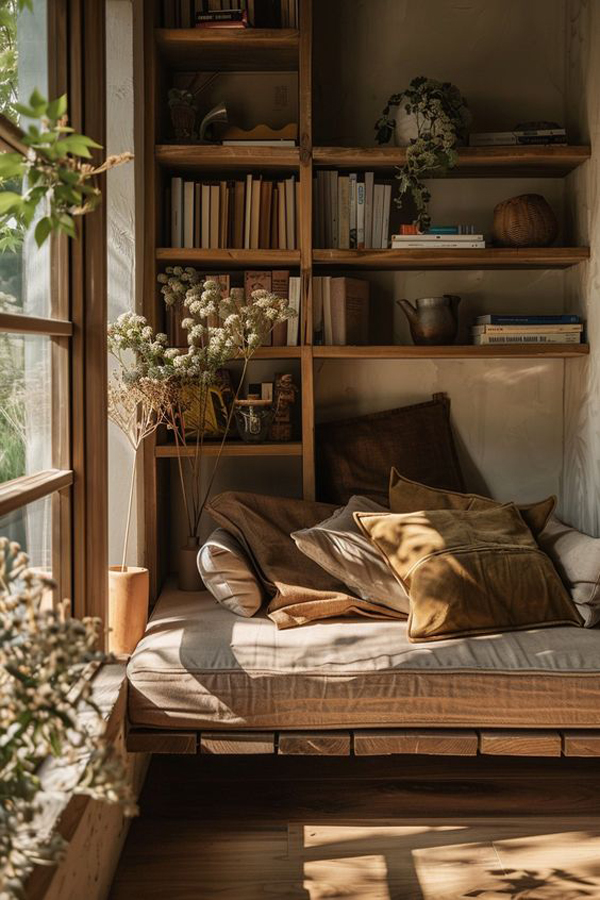

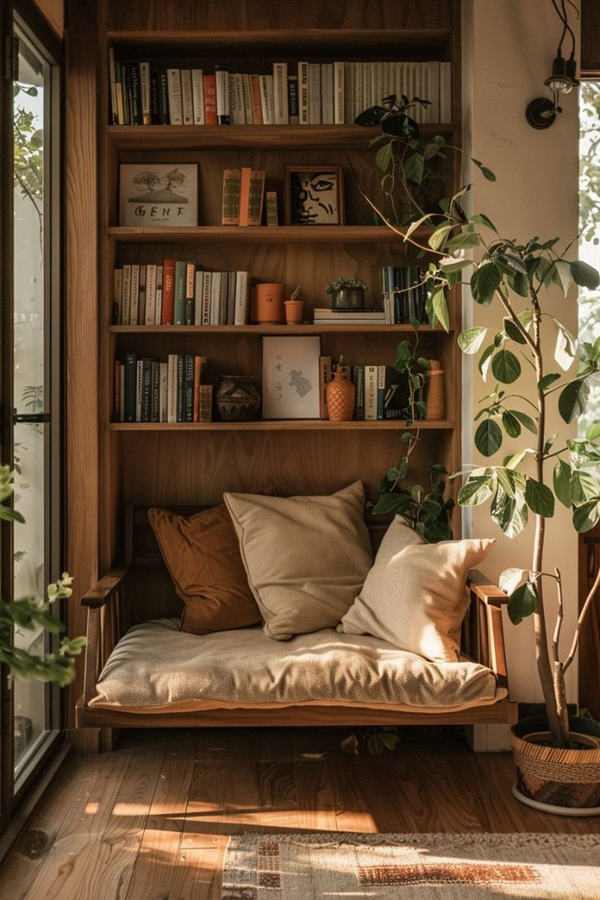
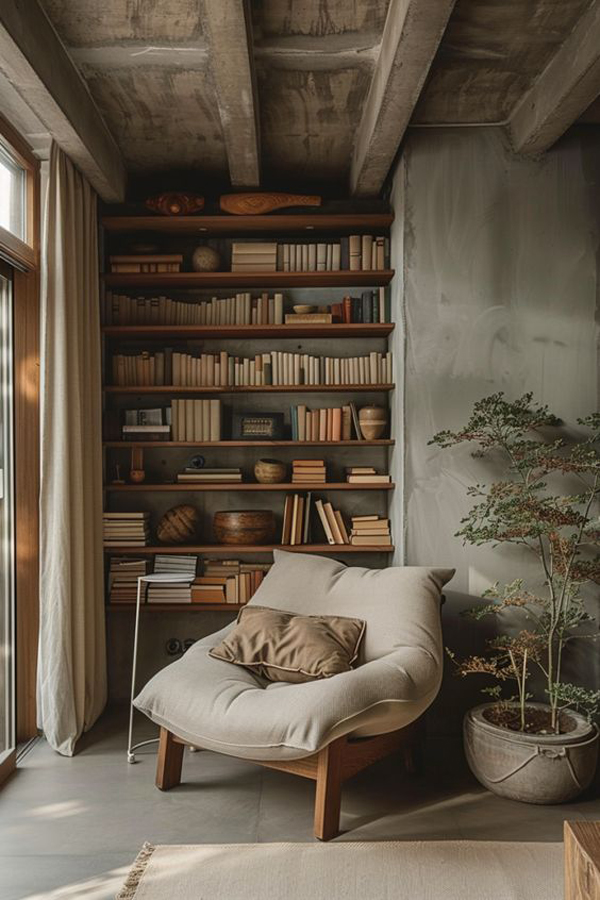
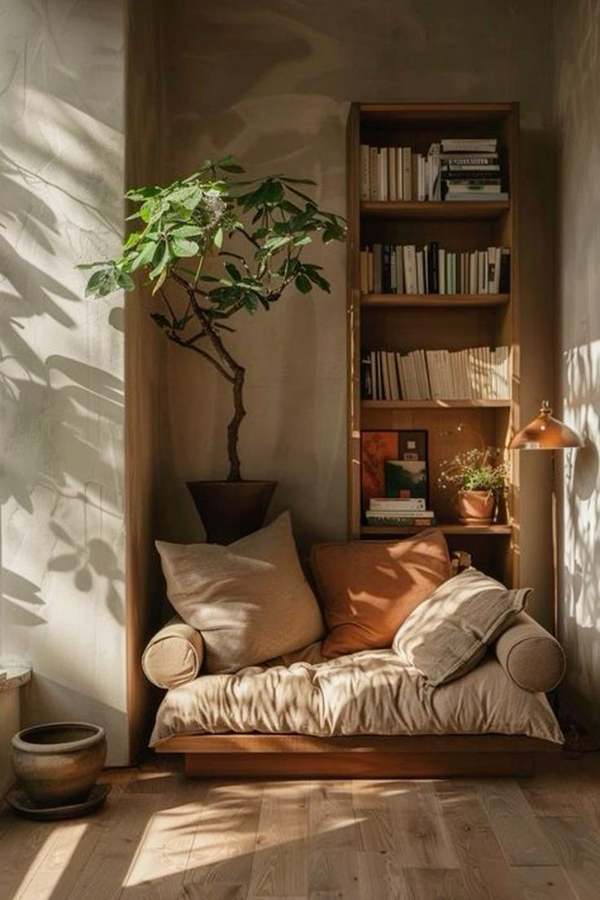
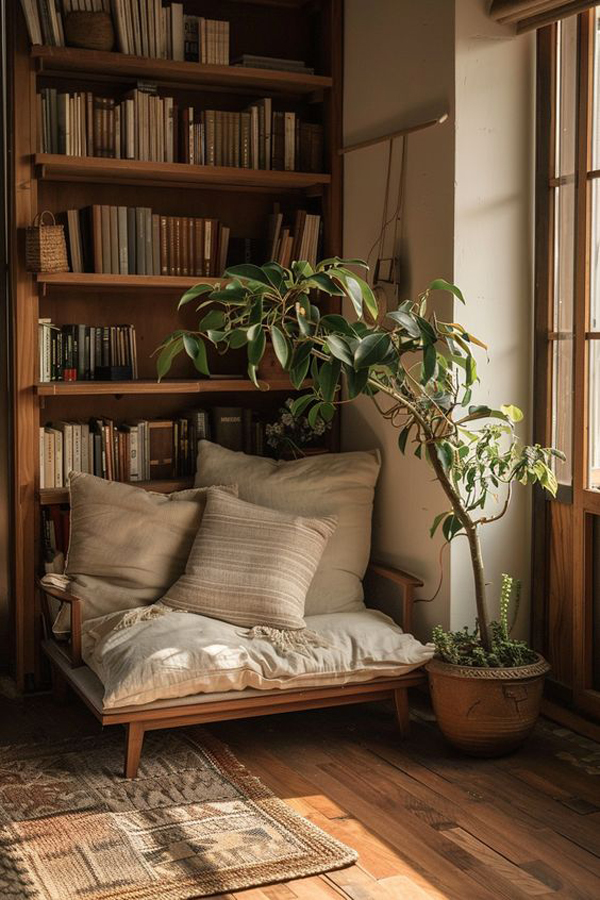
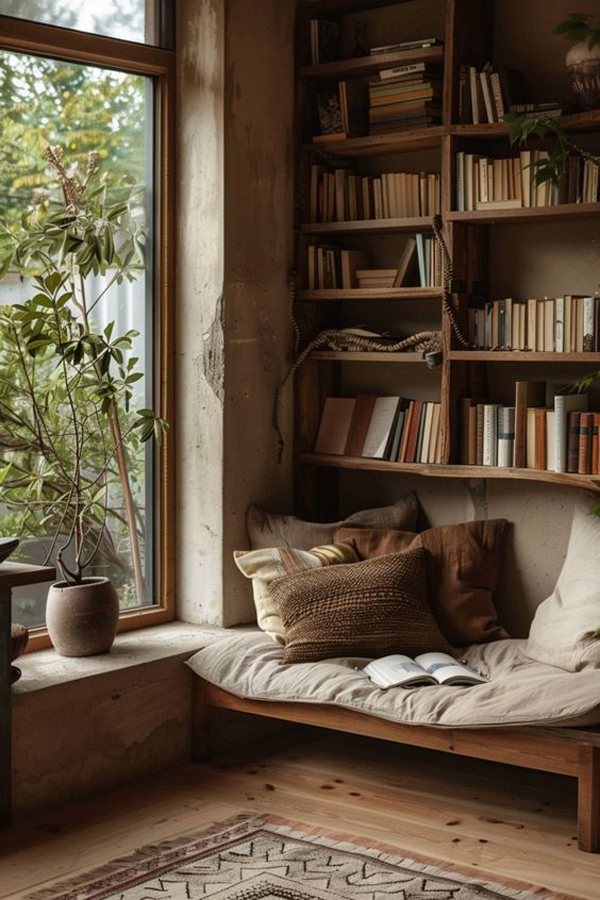
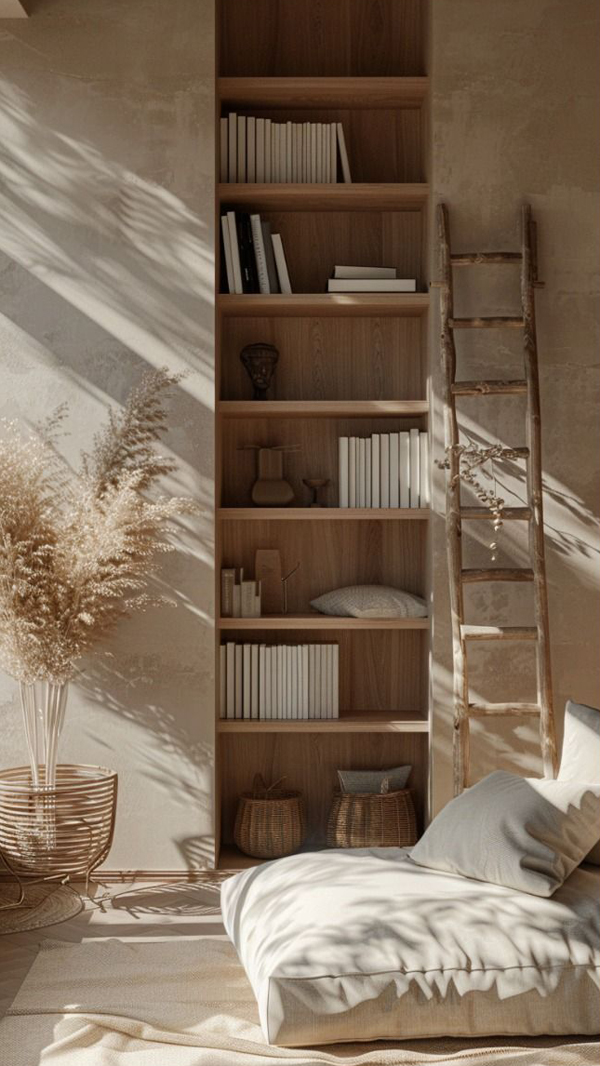
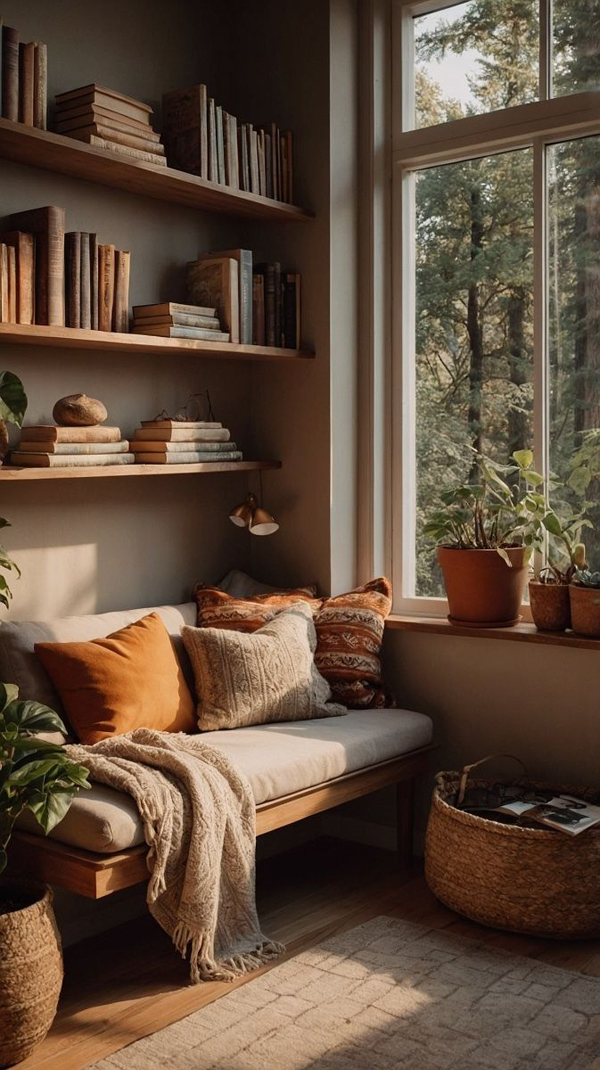
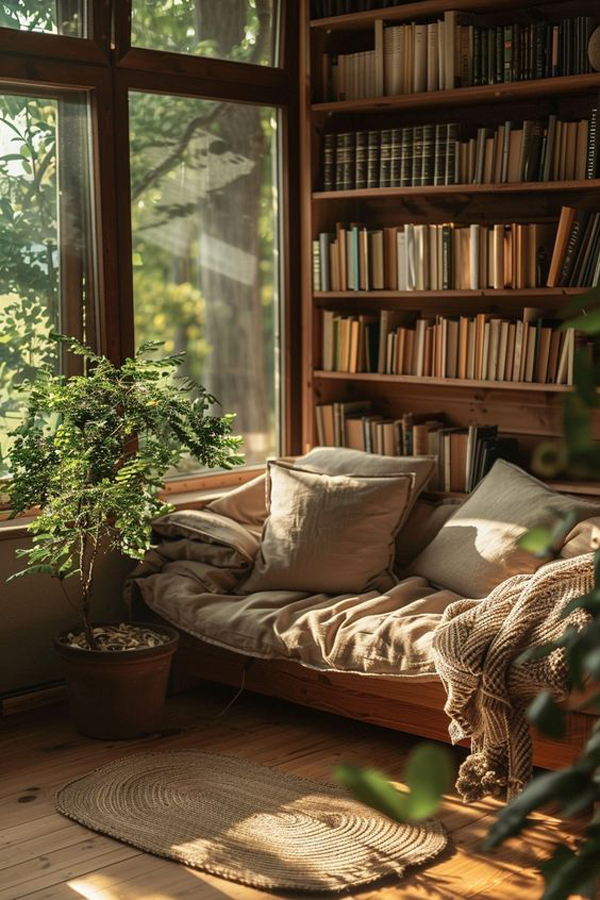

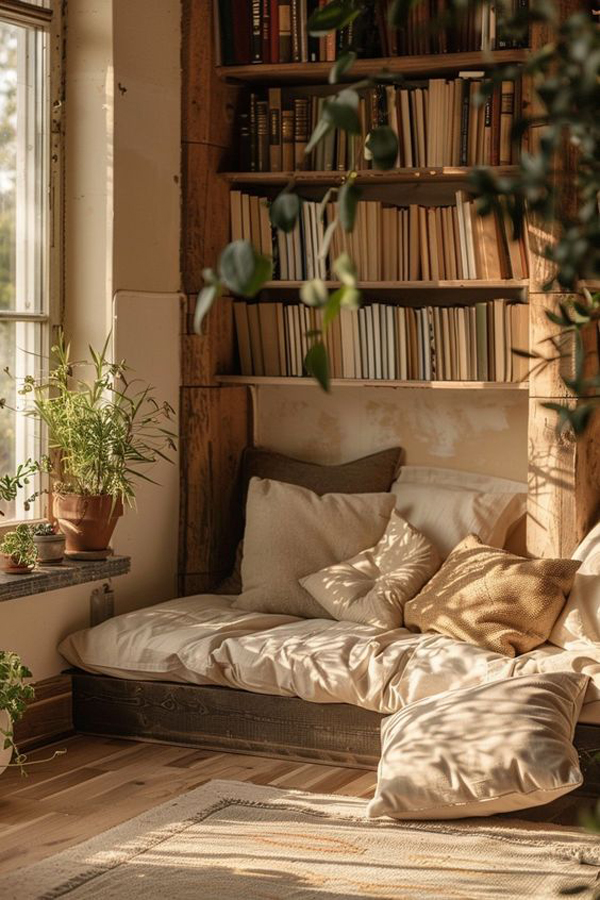
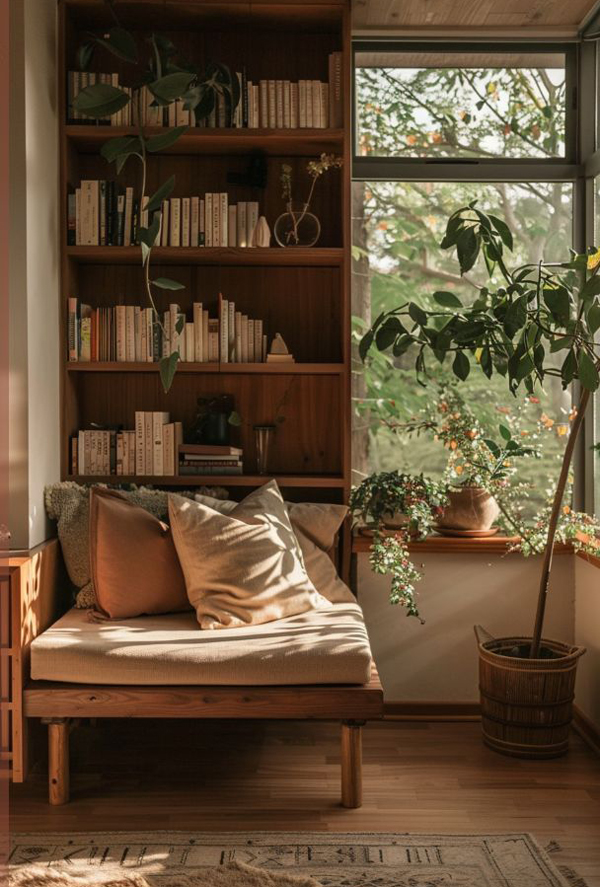
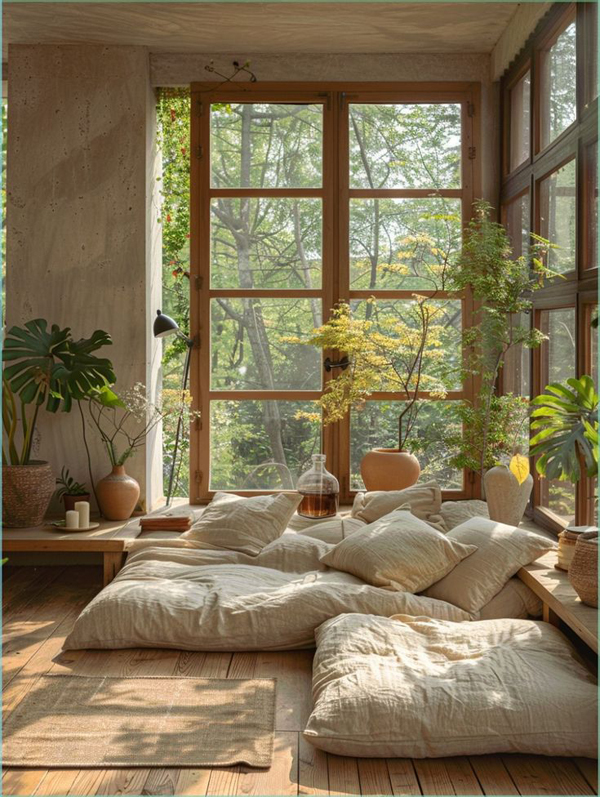



Reply